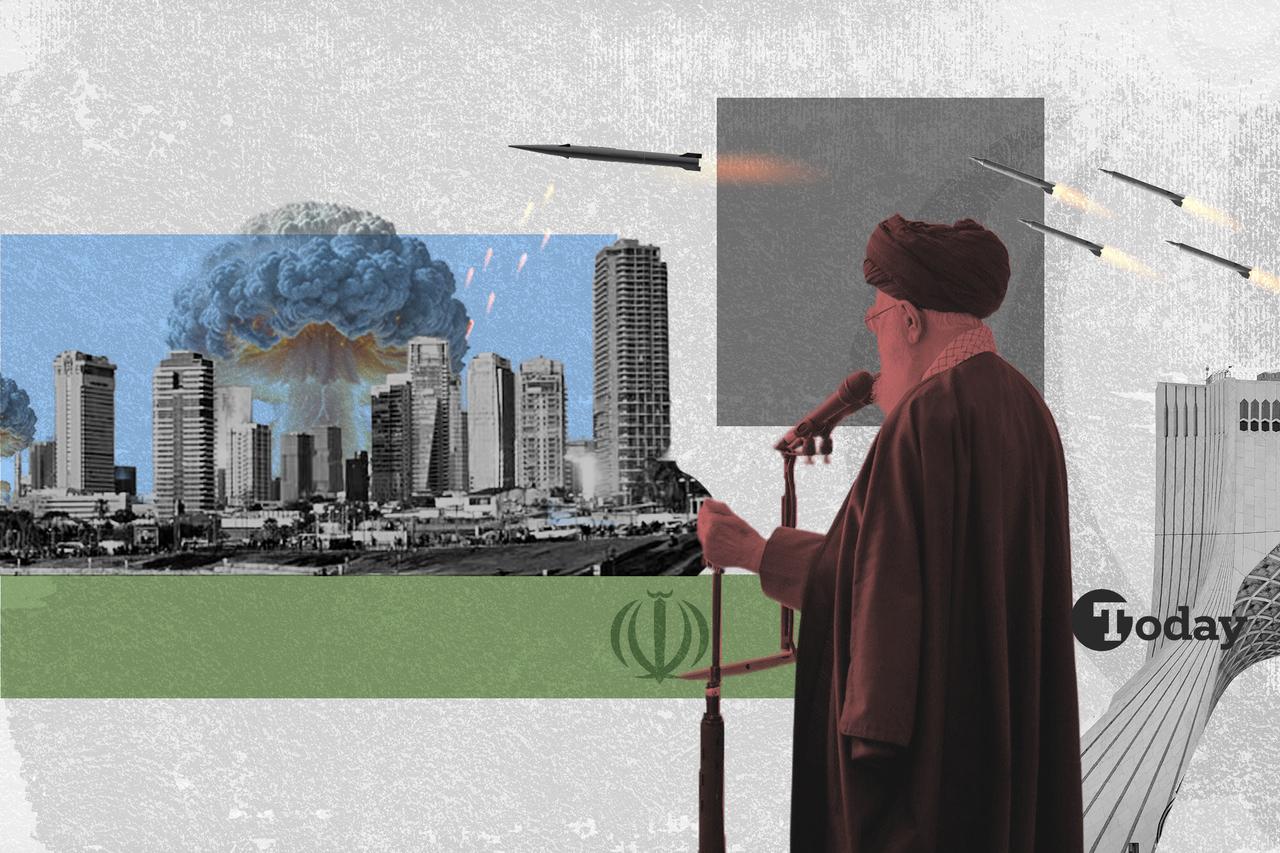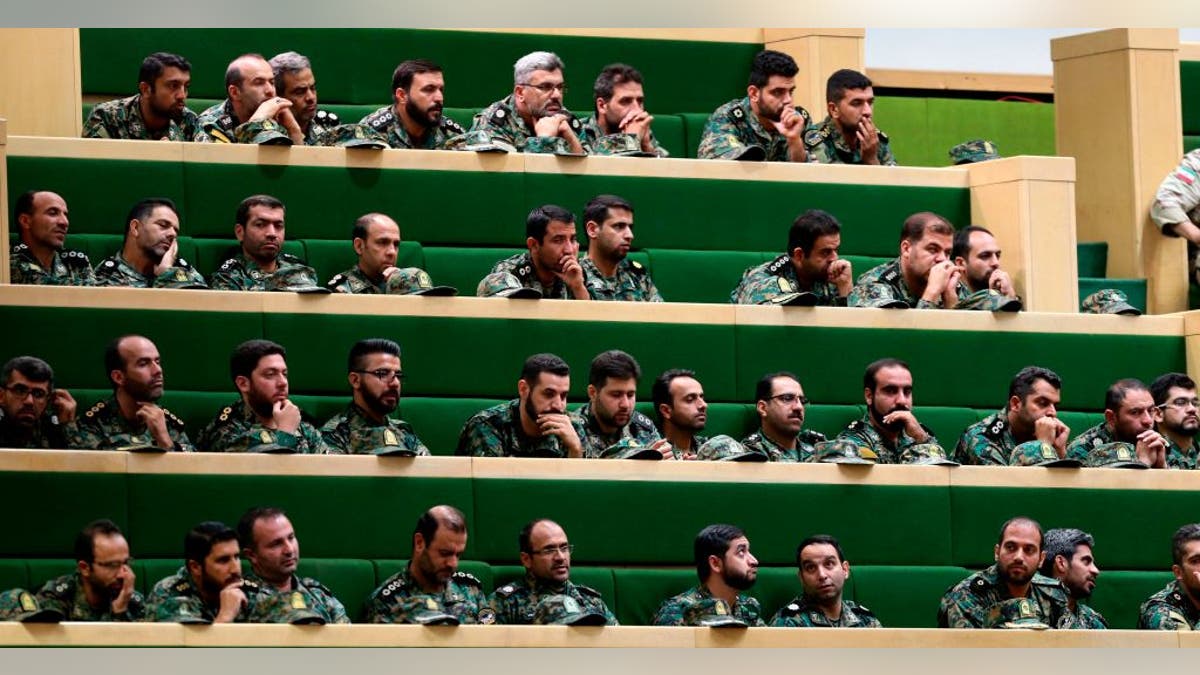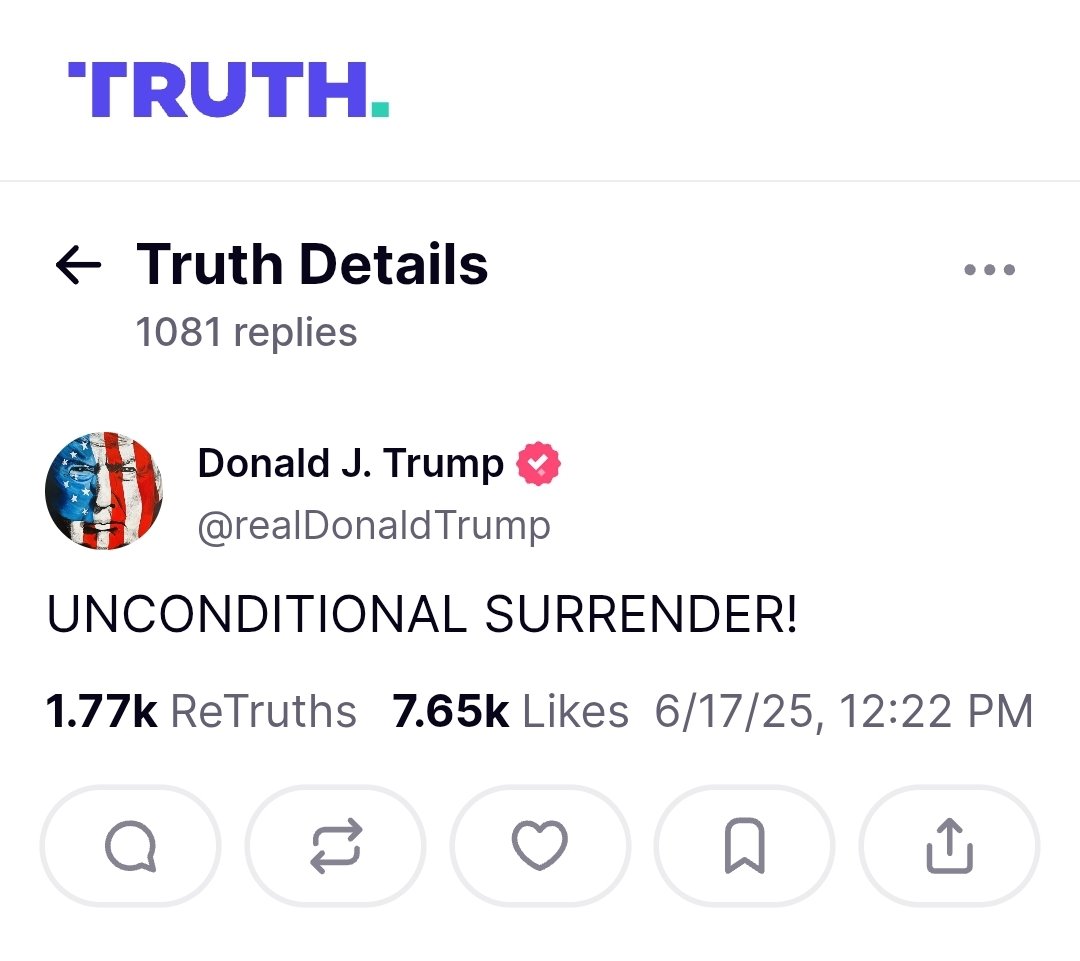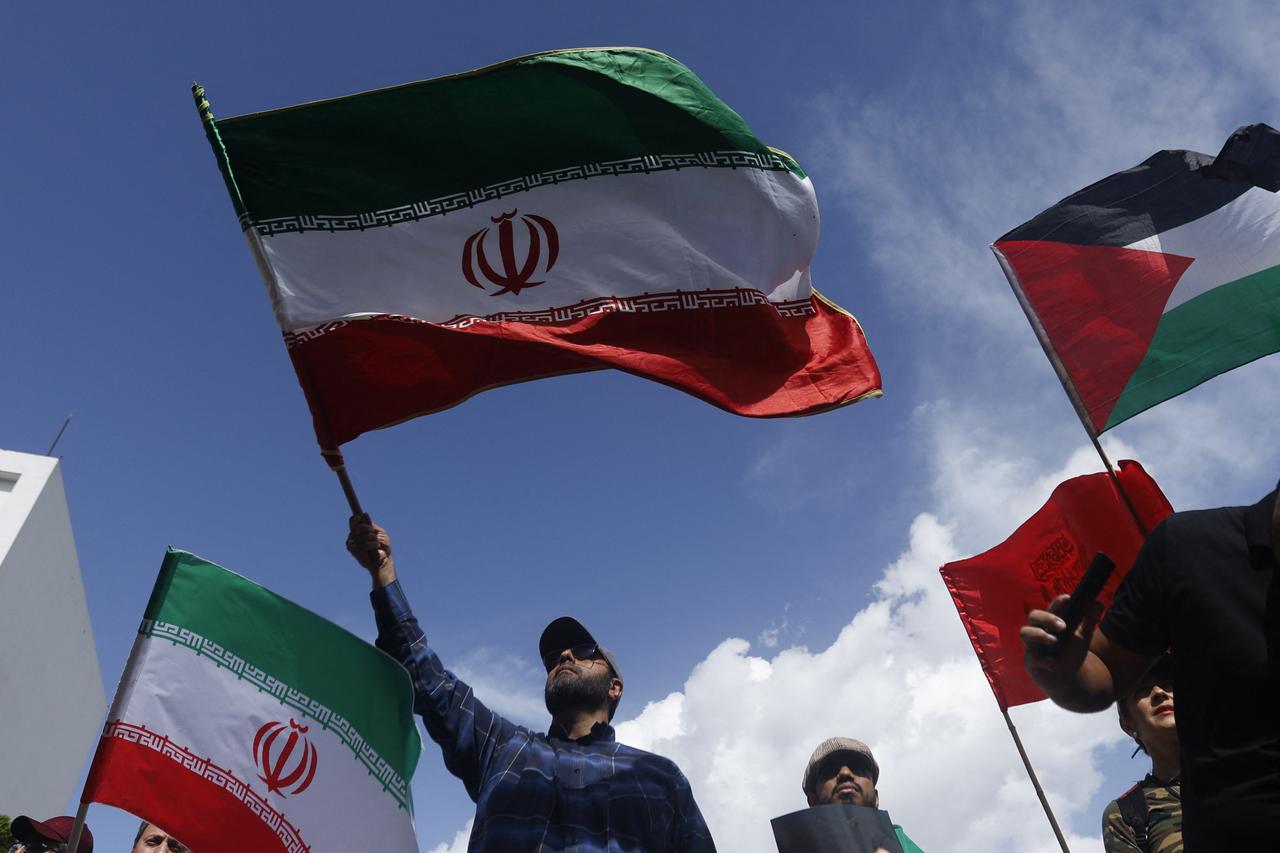
On June 18, Iran’s Supreme Leader Ali Khamenei delegated sweeping authority to the Supreme Council of the Islamic Revolutionary Guard Corps (IRGC), allowing the powerful military body to act independently on core national security matters without seeking the supreme leader's approval or requiring clerical endorsement.
With the new delegation of power, the IRGC is now able to undertake major actions—including nuclear decisions and large-scale military operations—without the need for clerical oversight or religious edicts.
In a highly consequential development, the move goes far beyond a routine administrative reshuffle. The implications are vast, as the IRGC is now not only Iran’s dominant security force but also the de facto center of political power.
The decision appears to be a calculated step to prepare for a post-Khamenei era. Whether due to credible threats against the supreme leader’s life or internal expectations of his imminent departure, the regime is clearly moving to avoid a leadership vacuum.
The transfer ensures that the IRGC can act as a stabilizing force, maintaining control during a transition period until a new supreme leader is appointed.
This mechanism aims to preserve continuity at the top levels of power and prevent any sudden collapse of the state’s decision-making architecture in the event of assassination or sudden death.

With this shift, Iran is entering what analysts may now call a “militarized theocracy,” in which religious legitimacy still exists nominally, but real power resides within the military establishment.
The IRGC, already the most powerful institution in Iran in terms of security and economy, now holds formal control over statecraft itself, if the new delegation applied genuinely.
On the other hand, this consolidation of power also heightens the risk of impulsive or escalatory decisions—especially on fronts like Israel, proxies or the nuclear file—as military leaders often operate with different strategic calculations than clerics.
The timing of this move suggests it was made under urgent internal and external pressure. There is a growing sense within the Iranian elite that the current leadership phase is nearing its end, while others like Israel prepare the replacement, such as Shah’s son Pahlavi.
By transferring power now, the regime preempts any moves from reformist or moderate factions that could seek to exploit a transitional period to shift the balance of power.
The decision also neutralizes potential dissent by presenting a unified and militarized front before a succession struggle can even begin.

The signal to external powers—particularly the United States and Israel—is unambiguous: any attempt to destabilize Iran by targeting its Supreme Leader will not cause a breakdown. On the contrary, power will swiftly and decisively pass into the hands of the country’s most hardline faction. The IRGC is both willing and prepared to assume command immediately.
This message is likely intended to deter attempts at regime change through decapitation strikes or covert operation, by highlighting the risks of triggering an even more radical leadership structure.
IRGC is already a designated terrorist organization per the U.S. Also, Mojtaba Khamenei, a mid-ranking cleric and son of Iran’s so-called Supreme Leader, has reportedly cultivated strong ties with the IRGC, a relationship that, according to sources cited by Reuters, positions him as a serious contender in succession discussions by boosting his influence across both the political and security establishment.
Going forward, any Iranian military escalation should no longer be interpreted solely as reactive. With the IRGC in charge, military actions could be part of a proactive and well-defined strategy, rather than isolated retaliatory moves. This realignment introduces a new layer of unpredictability, especially in flashpoints such as Iraq, Lebanon or the Strait of Hormuz.
Western military planners and regional actors will need to reassess the chain of command in Tehran and consider the IRGC’s institutional logic when interpreting future Iranian maneuvers.

With power now concentrated in the hands of uniformed men rather than religious clerics, Iran increasingly resembles a military state dressed in religious garb.
The shift places the IRGC not only at the forefront of defense and intelligence but also at the core of political leadership.
This development marks a major transition in the Iranian political system, fundamentally changing how the Islamic Republic operates both domestically and in foreign affairs.
This internal restructuring is more than a domestic affair; it signals a new phase in the broader geopolitical competition in the Middle East. Tehran is bracing for turbulence—whether due to succession, conflict, or both—and is consolidating power to ensure regime survival.
Regional governments and global powers will need to read this change carefully.
As it appears, Iran is not waiting for the storm but positioning itself to control the next chapter.